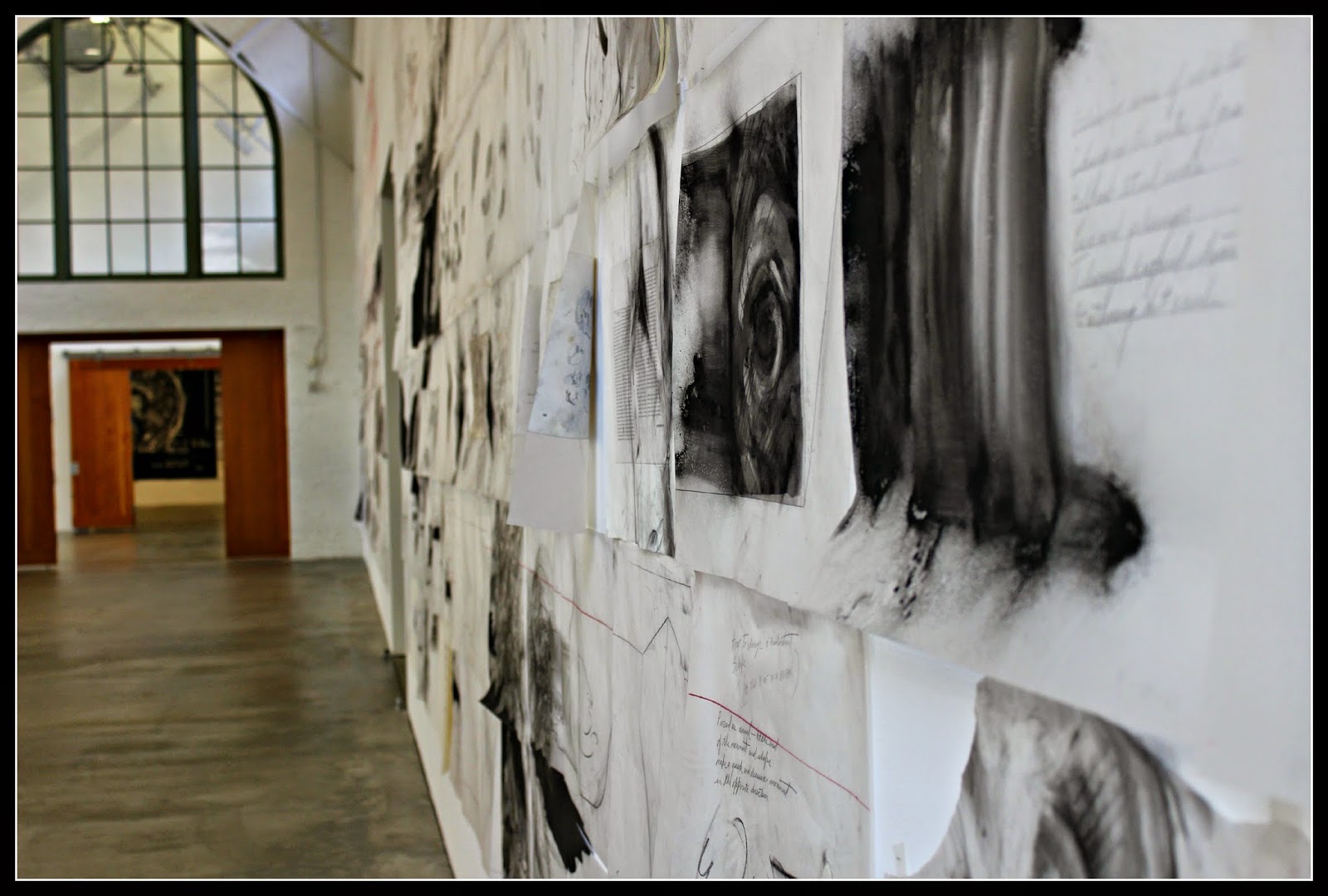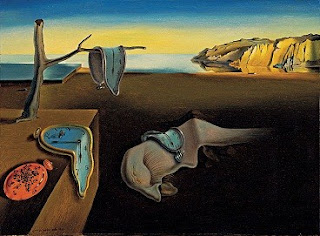It’s wild and explores
the innovative resources of man’s mind. James Drake’s Anatomy of Drawing and
Space delves into brain trash. Anything he can think of is drawn out and stuck
on the wall. Some of the works are great pieces of sketch mastery while others
leave you wondering what the author is really attempting to say. Anything goes
when you are splattering your brain trash on the wall.
The work is primarily
unconscious in the sense that it allows any connection between concepts to be
drawn out and displayed for public consumption. Some of the ideas are far out
while others are closely akin to conventional drawing. You will find a variety of themes in the
collage and can even find unique orientations of the work if you take a step
back to see the whole picture.
Running June 10th to September 21 at the
Museum of Contemporary Art Jacobs building the exhibit offers ideas,
innovation, life, and chaos spelled out in draftsman quality. The 1,242
drawings include creatures, animals, scientific formulas and deeply experienced
emotions. The unconscious comes alive.
The display is a fairly accurate depiction of the
process of innovation. To develop something new requires creative thinking and
using multiple pathways to understand a concept. The standard approach is not
the only approach and generally fails to keep up with the advent of change.
Brainstorming is a process of letting anything goes in the understanding and
solving of problems. The unconscious mind is that part of our existence
that allows for the unique to come forward. Creative art, literature, poetry, and
inspiration come from the neurophysiological factors of the
aminergic-cholinergic brain chemistry that juices creative endeavors (Harle,
2011). James Drake’s Anatomy of Drawing and Space offers an opportunity to see
how this operates first hand.
General Admission $10
Seniors $5
Students 26 and over (with ID) $5
25 and under Free (with ID)
Military and their families Free (with ID)
Seniors $5
Students 26 and over (with ID) $5
25 and under Free (with ID)
Military and their families Free (with ID)
1100 & 1001 Kettner Boulevard*
(between Broadway and B Street)
San Diego, CA 92101
858 454 3541
(between Broadway and B Street)
San Diego, CA 92101
858 454 3541
Harle, R. (2011). Creativity, chance and the role of
the unconscious in the creation of original literature and art. Techneotic Arts: A Journal of Speculative
Research, 8 (3).



